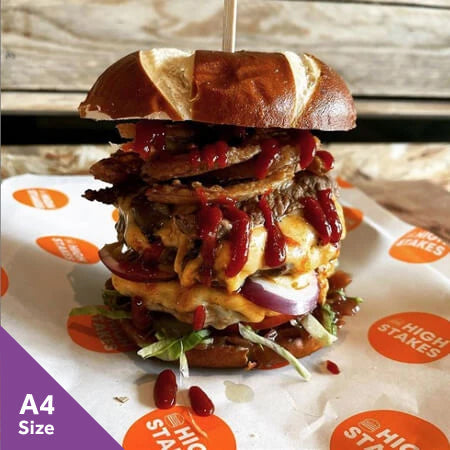The Cultural Significance of Fish and Chips Boxes
Fish and chips, a quintessential British dish, not only tantalizes the taste buds but also carries with it a rich cultural heritage. This dish, deeply rooted in the fabric of British society, has evolved over centuries, and its packaging—most notably the iconic fish and chips box—plays a significant role in its identity.
Originating from the late 19th century, fish and chips found its footing as a staple for the working class in England. Its affordability and satiating qualities made it a popular choice among laborers. The first fish and chip shops opened at a time when the Industrial Revolution was transforming cities, leading to a lifestyle that demanded quick and convenient meals. The packaging needed to reflect this need; hence, the fish and chips box was born.
The Cultural Significance of Fish and Chips Boxes
While the primary purpose of the fish and chips box is functional, its role transcends mere utility. Many shops have embraced vibrant and characteristic branding, creating a unique identity that resonates with customers. The vibrant colors, cheerful logos, and sometimes intricate designs evoke a sense of local pride and authenticity. An eye-catching fish and chips box can stir nostalgia and yearning for childhood memories, drawing people back to a moment where they savored their first bite of crispy battered fish paired with fluffy chips.
fish and chips boxes

Moreover, the sustainable movement has touched the realm of fish and chips packaging. As awareness of environmental issues grows, many fish and chip shops are making conscious decisions to opt for biodegradable or compostable materials. This shift not only caters to the environmentally conscious consumer but also aligns with the traditional ethos of fish and chips as a meal rooted in simplicity and nature.
Globally, the influence of fish and chips has extended far beyond Britain. In countries like Australia, New Zealand, and even parts of the United States, variations of this dish have emerged, often incorporating local flavors and techniques. Each region develops its take on the classic meal, but the humble fish and chips box remains a common thread, symbolizing comfort and community.
For tourists visiting the UK, indulging in fish and chips is a rite of passage. The experience is as much about the food as it is about the packaging. Holding the warm, sturdy box, filled to the brim with golden, battered fish and hot chips, creates an immediate connection to the culture and history of the cuisine. The box becomes a symbol of heritage, linking people to generations before them that enjoyed the same dish.
In conclusion, the fish and chips box is more than just a container for a delicious meal; it embodies the very essence of a cultural phenomenon. From its historical roots in the working-class communities of 19th-century England to its modern role as an eco-friendly packaging option, the fish and chips box narrates a story of tradition, adaptability, and community. As we continue to enjoy this beloved dish, we celebrate not just its flavors but also the memories and connections it fosters through its simple yet iconic packaging. So, next time you savor a portion of fish and chips, take a moment to appreciate the box—an unsung hero in the narrative of one of Britain’s most cherished culinary staples.



